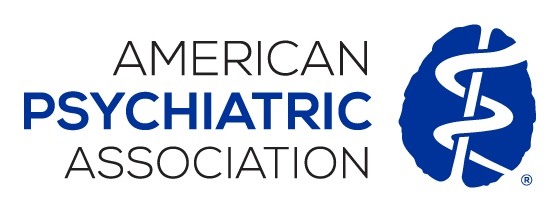
Patients cite stigma, lack of knowledge, and concerns over side effects as the biggest barriers to taking medications for alcohol use disorder (AUD), according a study issued this week in Alcohol: Clinical and Experimental Research.
Although medications for AUD have been approved by the U.S. Food and Drug Administration (FDA) for decades and are effective, they remain underutilized. “In 2022, among adults with past-year AUD, only 2.2% received [medications for AUD],” wrote Devin Tomlinson, Ph.D., of the University of Michigan, and colleagues. “To place this in context, although there are important differences, about 22.3% of people with opioid use disorder receive medication treatment.”
Tomlinson and colleagues conducted a scoping review of 14 studies that examined the perspectives of adult patients with AUD on naltrexone, disulfiram, and acamprosate, all of which are FDA-approved for AUD. The authors identified several common themes:
- Many patients reported a lack of awareness of existing treatments for AUD, including medications.
- Patients who had no experience with medications for AUD reported a lack of understanding of their therapeutic effects. These patients also cited side effects as a reason why they were unwilling to try medications in the future.
- The studies identified substantial stigma around medications for AUD. Patients referred to medications as a “last resort,” and some shared feelings of shame, failure, and negative judgments associated with AUD treatment in general and medications specifically.
- For some patients, medications did not align with their treatment goals because they wanted to reduce their alcohol use rather than eliminate it completely.
- However, patients were willing to try medications for AUD when they were adequately informed.
The authors emphasized the importance of educating patients to help alleviate the gap in understanding about medications for AUD: “These recommendations are consistent with results indicating that increasing a patient’s knowledge of [medications on AUD], the intended therapeutic effects, and the potential for unfavorable side effects (including those related to drug interactions) would facilitate the adoption of MAUD.”
For related information, see the Psychiatric News article “Special Report: Psychiatrists Critical in Screening, Treatment of Alcohol Use Disorder.”
(Image: Getty Images/iStock/Eerik)
Don't miss out! To learn about newly posted articles in Psychiatric News, please sign up here.




